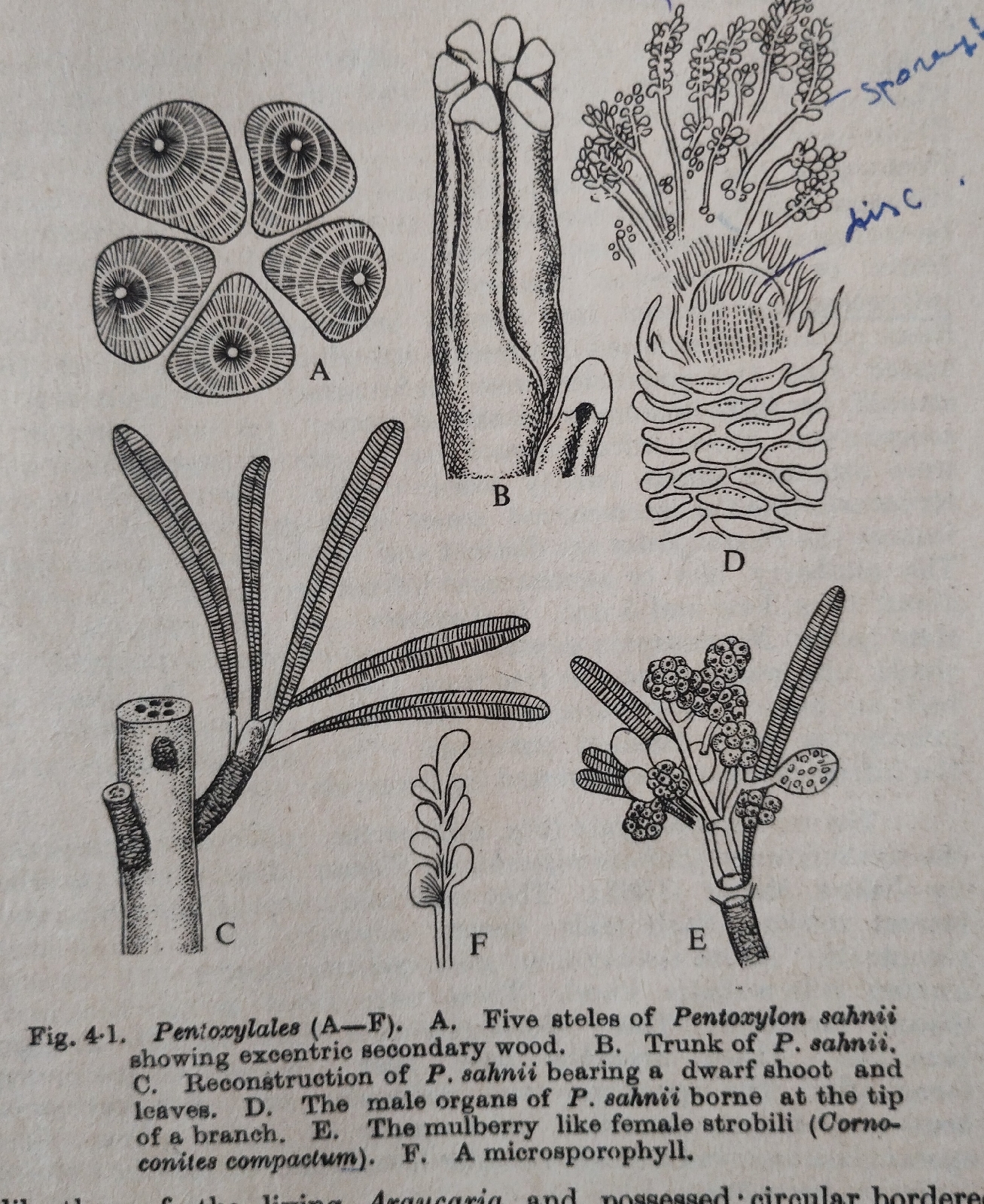Sexual reproduction in Ascobolus
(1) A large number of Ascobolus species are monoecious but self-sterile , hence antheridial and ascogonial branch of two strains (A strain and B strain ) grow together.
(2) Antheridium is multinucleated , club shaped and stalked ; similarly ascogonium is globose but initially uninucleated and having a receptive trichogyne.
(3) The trichogyne coils around the male antheridium and point of contact dissolves.
Fertilization:
(1) The male nuclei migrate into female ascogonium and the female nucleus starts mitosis .
(2) The opposite nuclei fuse in pairs to make 2n nuclei .
(3) The 2n nuclei performs repeted mitosis to make several 2n nuclei .
(4) Then numerous ascogenous hyphae arise from the ascogonium which elongate and septate having a pair of 2n nuclei in each compartment.
(5) The tip of the ascogenous hyphae develope crozier and penultimate cell of the crozier turns into ascus with two 2n nuclei at early stage .
(6) In the ascus two nuclei fuse to form 4n zygote nucleus .
(7) The zygote nucleus divides meiotically into four 2n nuclei followed by a second reduction called brachymeiosis into eight haploid nuclei . Each nucleus then turns into ascospore .
Formation of apothecium :
At last cup-shaped fruit body is formed by cleistohymenically or gymnohymenically to hold the ascuses .
It is to be noted that ,Ascobolus shows degeneration of sex :
(i)A . carbonarius follows spermatisation.
(ii) A. citrinus follows autogamy.
(iii) A.furfurceous follows somatogamy .
(iv) A. equinus follows apomixis.



Comments
Post a Comment